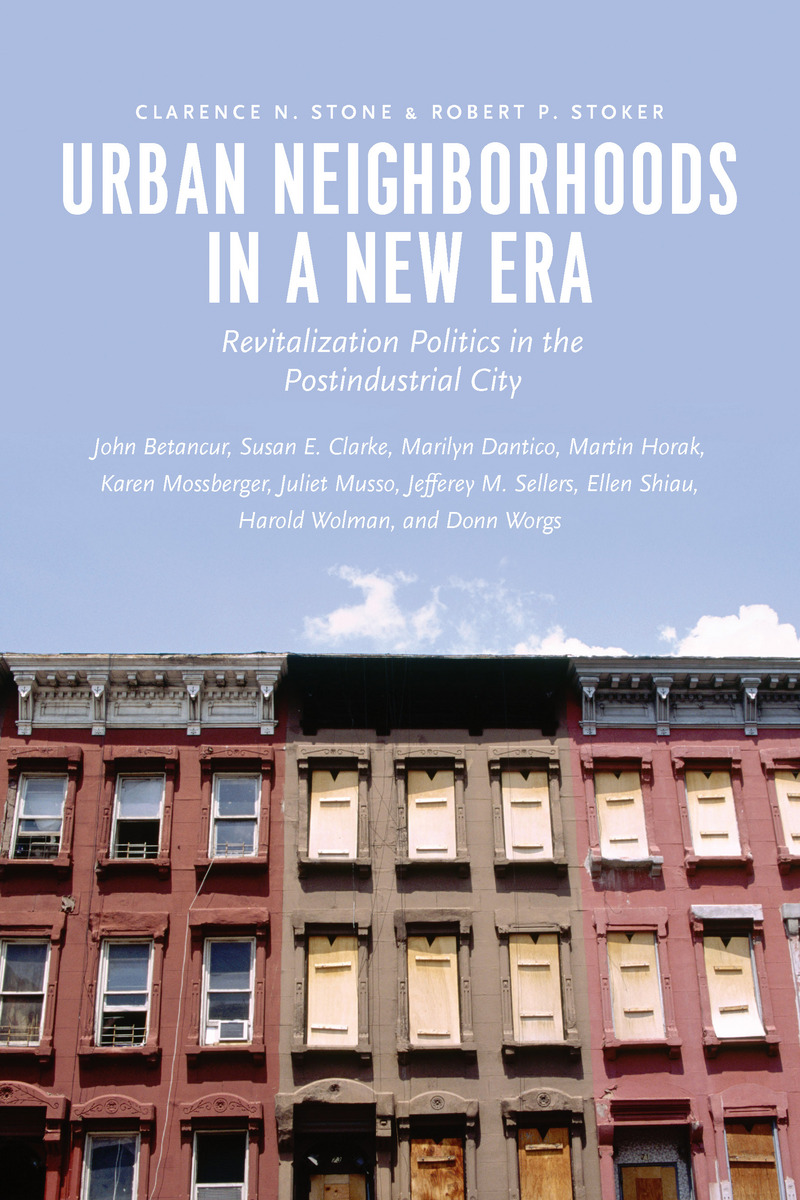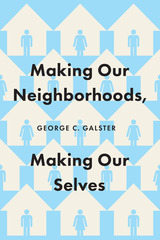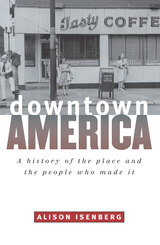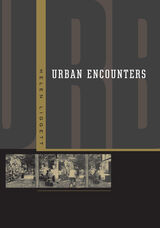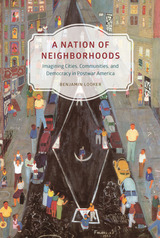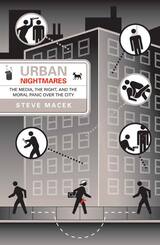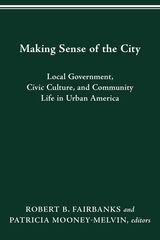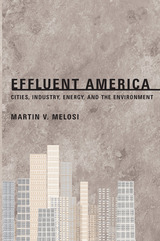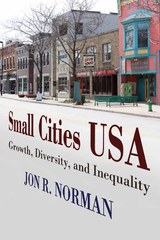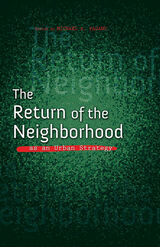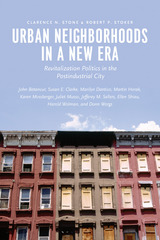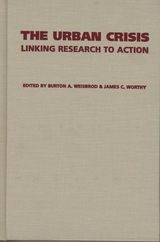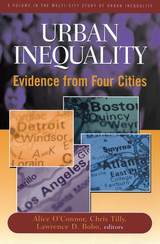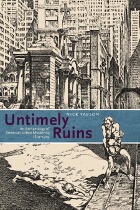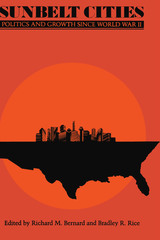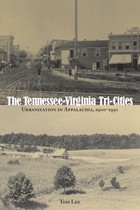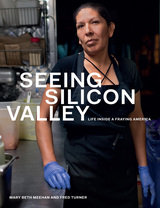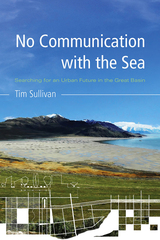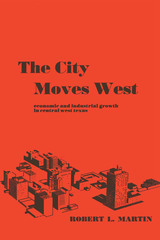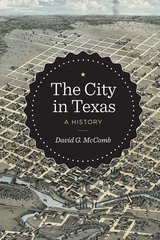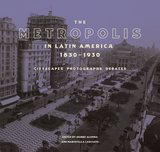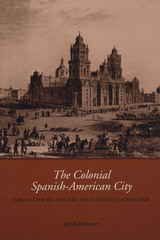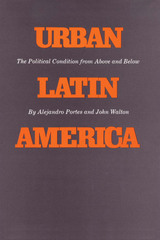Urban Neighborhoods in a New Era: Revitalization Politics in the Postindustrial City
University of Chicago Press, 2015
Paper: 978-0-226-28901-4 | Cloth: 978-0-226-28896-3 | eISBN: 978-0-226-28915-1
Library of Congress Classification HT123.S7845 2015
Dewey Decimal Classification 307.3362160973
Paper: 978-0-226-28901-4 | Cloth: 978-0-226-28896-3 | eISBN: 978-0-226-28915-1
Library of Congress Classification HT123.S7845 2015
Dewey Decimal Classification 307.3362160973
ABOUT THIS BOOK | AUTHOR BIOGRAPHY | REVIEWS | TOC | REQUEST ACCESSIBLE FILE
ABOUT THIS BOOK
For decades, North American cities racked by deindustrialization and population loss have followed one primary path in their attempts at revitalization: a focus on economic growth in downtown and business areas. Neighborhoods, meanwhile, have often been left severely underserved. There are, however, signs of change. This collection of studies by a distinguished group of political scientists and urban planning scholars offers a rich analysis of the scope, potential, and ramifications of a shift still in progress. Focusing on neighborhoods in six cities—Baltimore, Chicago, Denver, Los Angeles, Phoenix, and Toronto—the authors show how key players, including politicians and philanthropic organizations, are beginning to see economic growth and neighborhood improvement as complementary goals. The heads of universities and hospitals in central locations also find themselves facing newly defined realities, adding to the fluidity of a new political landscape even as structural inequalities exert a continuing influence.
While not denying the hurdles that community revitalization still faces, the contributors ultimately put forth a strong case that a more hospitable local milieu can be created for making neighborhood policy. In examining the course of experiences from an earlier period of redevelopment to the present postindustrial city, this book opens a window on a complex process of political change and possibility for reform.
While not denying the hurdles that community revitalization still faces, the contributors ultimately put forth a strong case that a more hospitable local milieu can be created for making neighborhood policy. In examining the course of experiences from an earlier period of redevelopment to the present postindustrial city, this book opens a window on a complex process of political change and possibility for reform.
See other books on: City Planning & Urban Development | Local | Neighborhoods | New Era | Urban renewal
See other titles from University of Chicago Press
